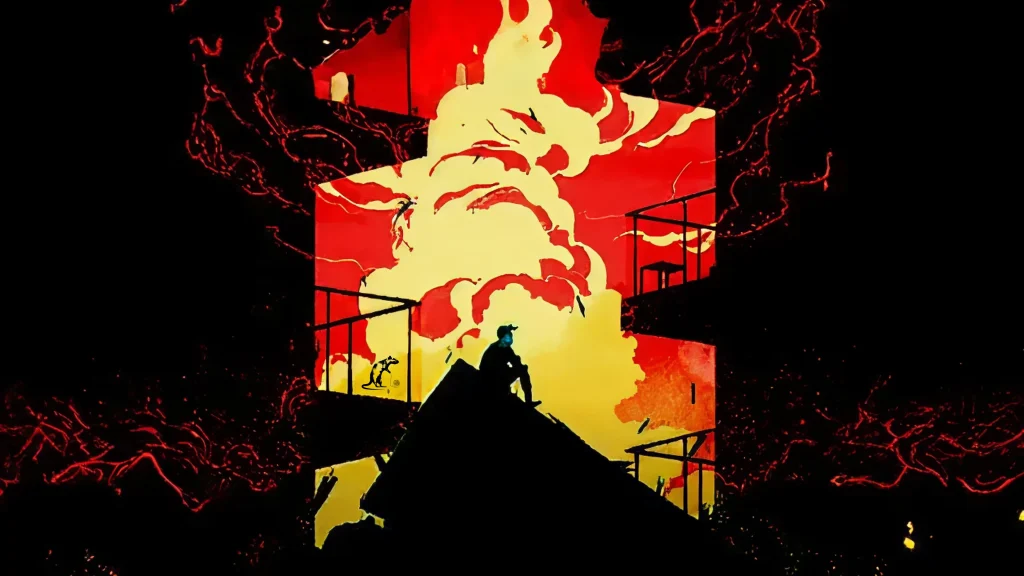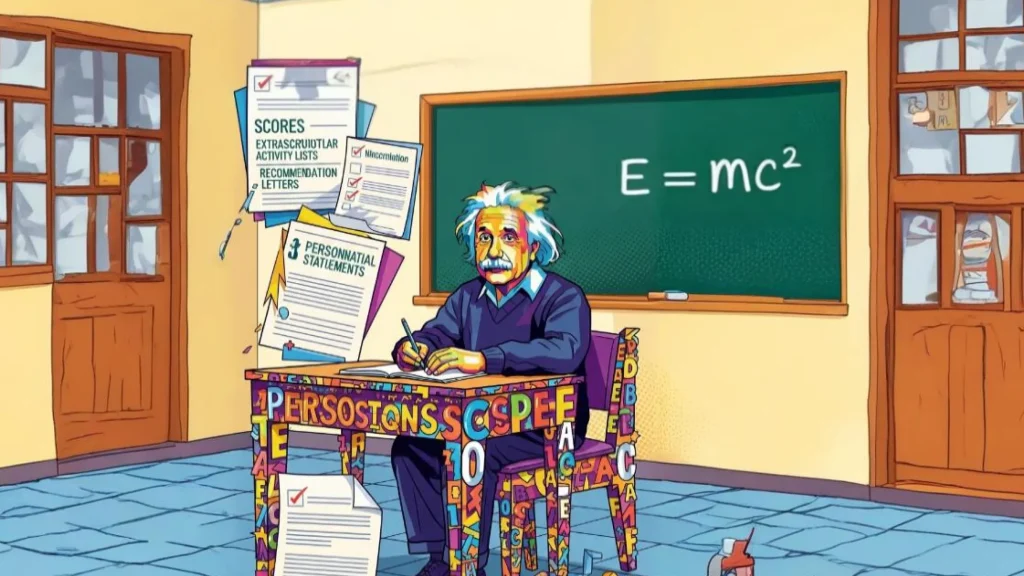From LUMSU to Raya: How Ayesha Preancess exposed the elitists of Lahore (and Pakistan)
Through her wildly viral videos and unapologetic self, Ayesha Preancess didn’t just hijack our feeds—she rattled the very bones of Pakistan’s elite.
Despite their “educated” backgrounds and so-called “liberal” values, the elitists of LUMS simply could not tolerate Ayesha’s “cringe” existence once she entered their hallowed, highly-ranked halls.
They didn’t just question how she even made it into the prestigious university, they bullied her for being there.
They didn’t just mock her for thirsting over “LUMS ke larkay” (which, let’s be real, the girls and gays of LUMS do too), they fatshamed her, ridiculed her accent, her clothes, her confidence, her individuality, traits that otherwise make you popular if you are rich enough.
What Ayesha Preancess exposed wasn’t just a few LUMS students’ hypocrisy. She exposed an entire mindset—one deeply ingrained in Pakistani elite circles: certain spaces, despite being public or merit-based, must still be protected from those who don’t act, look, and feel like old money.
Whether it’s the residents of DHA Raya panicking over “outsiders” in their commercial areas, or Lahore Gymkhana barring maids and drivers—the very people who keep their lives running smoothly—it’s clear: they want exclusivity, not equality.
And this mindset isn’t limited to Lahore. In Islamabad’s DHA 2, residents routinely grumble in WhatsApp groups about “closing the central park to the public”—the same park that helped drive up their property value. Karachi ke Defence walay? They don’t like the public either.
Why do Pakistan’s elites believe that just existing in a space gives them ownership over it?
Baap ki jagah hai kya?
They’ll often throw around “safety” as an excuse, but let’s be honest, that’s not what this is about.
This is about control. About gatekeeping. About who gets to belong.
And Ayesha Preancess, simply by showing up,loud, proud, and unbothered—tore a hole in that illusion.
And maybe that’s why they hate her so much.



